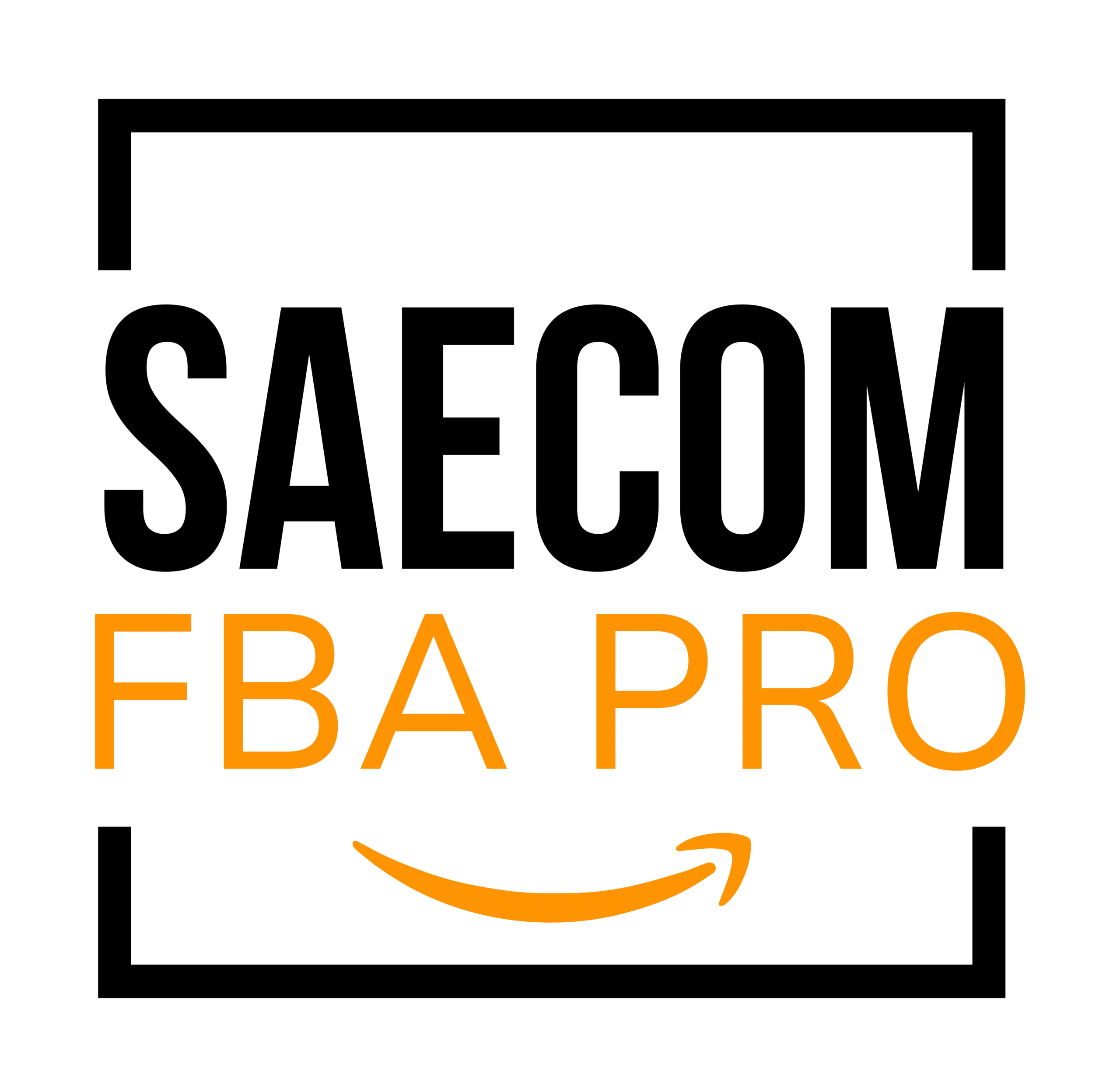Amazon Prime Day 2025 Prep: Ads, Inventory & Deals
Amazon Prime Day 2025 is quickly approaching, presenting a valuable chance for sellers to capitalize on a time when online carts are filling up, inventory is moving fast, and shoppers are eager for the best deals on the biggest eCommerce platform.
This year, however, the expectations are higher, and sellers should be prepared for more intense competition than ever before.
What Is Amazon Prime Day?

At its core, Amazon Prime Day 2025 is one of the biggest annual online sales events designed exclusively for Amazon Prime members. For sellers, it represents a major opportunity to boost brand visibility, achieve high conversion rates, and win over loyal customers who may return well beyond the sale.
Consider this: In 2021, global Prime Day sales hit $10.7 billion. That figure is projected to reach $14.69 billion by 2025—a 37% growth in just four years.
Although year-over-year percentage growth has slowed slightly, the numbers speak for themselves: Prime Day continues to expand rapidly.
Why Sellers Should Take Advantage of Prime Day
Prime Day doesn’t just attract eager shoppers — it also creates a digital buzz across social media platforms. Influencers fill their feeds with product highlights and recommendations, increasing the chances that customers will discover your brand.
For sellers using Seller Fulfilled Prime, the event is even more exciting. Unlike FBA sellers, you maintain control over your shipping while still earning the coveted Prime badge, allowing you to participate in exclusive deals without giving up logistics flexibility.
The impact of discounts can’t be overstated either. Even modest price drops can boost your products up in search rankings. When combined with well-optimized listings, positive reviews, and appealing images, you have the perfect recipe for record-breaking sales days.
In short — if you’re selling on Amazon without a Prime Day strategy in place for 2025, you’re missing out on serious revenue potential.
When Is Prime Day 2025?
So, when is Amazon Prime Day happening this year? Amazon has officially confirmed the event will run from July 8-11, 2025.
This schedule follows Amazon’s recent habit of holding Prime Day in early to mid-July to tap into back-to-school shopping trends and summer spending habits. It also gives Amazon an edge over major competitors like Walmart and Target, which typically schedule their events around the same time.
What makes this year different is that the sales aren’t confined to a typical 48-hour period.
Amazon is extending its sales event into what’s being called a “Prime Season”, with deals launching in waves both before and after the official Prime Day dates. This offers sellers even more opportunities to engage customers and increase sales.
According to a report from eMarketer, Prime Day 2025 might last four full days — doubling the length of Amazon’s traditional Prime Day event.
Mark your calendars for July 8-11, but also plan for early promotions and post-event campaigns to keep the momentum going.
Why Sellers Should Start Preparing Early

When it comes to Prime Day, it’s never too early to get started.
In 2019, Amazon Prime members bought 175 million items during the sale. By 2021, that number had grown to 250 million. By the time 2024 rolled around, it reached approximately 300 million.
In short, shopping volume has nearly doubled since pre-pandemic years — and those who plan ahead see the biggest benefits.
Why the urgency? Because fierce competition no longer happens just on Prime Day. Amazon has blurred seasonal lines with events like the Prime Fall Event, and brands constantly fight for attention through discounts and promotions.
If you delay optimizing your listings, preparing offers, and stocking inventory until the last minute, you’ll risk losing sales and critical visibility.
Another important reason to act early is advertising costs. Waiting too long often means higher pay-per-click rates and missed chances for sales.
Launching early ad campaigns also helps you test and identify your top-performing keywords before competition peaks.
Key Strategies to Get Ready for Prime Day 2025

Here’s how you can stand out and sell smarter this Prime Day:
Optimize Your Product Listings
The first priority should be fine-tuning your product listings. Well-optimized listings help your products show up in search results, convert browsers into buyers, and build customer trust.
Most Prime Day shoppers plan ahead. Data from 2024 shows that 83% of customers knew what they intended to buy during the sale. And they weren’t just window shopping — they were comparing options.
Pro Tip: Review your listings a few weeks before Prime Day. Make sure every product page includes relevant keywords, clear and high-resolution images, engaging product titles, and informative bullet points. If needed, work with experienced eCommerce specialists to sharpen your listings before the traffic surge.
Plan Competitive Pricing and Promotions
Staying price-competitive involves more than lowering prices. Smart strategies might include:
- Flash Deals
- Promo Codes
- Exclusive Prime Member Discounts
Data from Numerator shows that over half of Prime Day shoppers specifically look for items on sale. They’re price-conscious but intentional.
For instance, a shopper considering a premium electric toothbrush might skip over your product if it isn’t marked down, even if it’s superior in quality.
Pro Tip: Combine a Flash Deal with a coupon and the Prime badge for maximum visibility. Regularly track competitor pricing in the weeks leading up to Prime Day.
Manage Inventory and Plan for FBA Storage Limits
If you’re using FBA, make sure you meet inventory thresholds to avoid stockouts and extra storage fees. And with Prime Day potentially lasting up to four days, running out of stock early could mean missing out on major sales.
It’s also smart to be aware of warehouse storage limits, especially for products that historically perform well on Prime Day.
For example, sales data from 2024 showed health, beauty, women’s clothing, and skincare products had the strongest growth compared to 2023.
Pro Tip: Monitor your restocking limits in Seller Central and lock in your shipping plans by early June. If FBA restrictions are tight, consider using Seller Fulfilled Prime to maintain product availability.
Run Targeted Advertising and Promotions
Ad rates often spike around Prime Day, making it essential to have a clear Amazon Ads strategy ready by the end of Q2.
You can start by boosting awareness with Sponsored Brands campaigns in early July, followed by retargeting interested shoppers using Sponsored Display during the sale itself.
Pro Tip: Split your ad spend into two phases — a teaser campaign before Prime Day and a high-impact campaign during the event. Test different creatives and ad headlines in advance to determine what drives the highest conversions.
Final Thoughts
Amazon Prime Day 2025 is one of the best opportunities to increase conversions and revenue when consumers are more eager than usual to make purchases. But discounts alone won’t cut it.
To truly maximize your success, plan early, fine-tune your ad strategy, secure your inventory, and ensure your product listings and storefront are fully optimized and appealing to shoppers.


